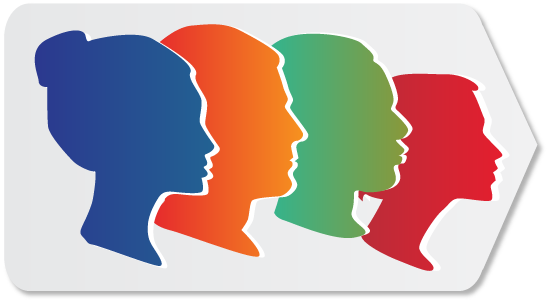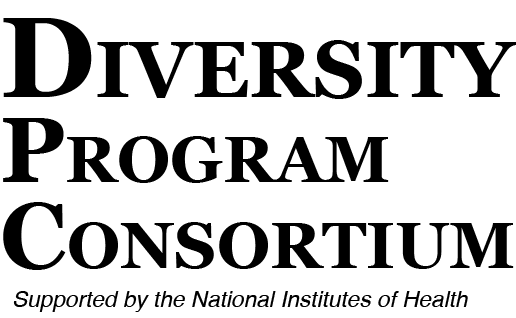In This Edition
February 13, 2019
Volume 4 Issue 1

Starting in 2014, the National Research Mentoring Network’s (NRMN) mission has been to diversify the biomedical science and research workforce. In that time, the NRMN has evolved to focus on diversifying the workforce, while also developing a new, diverse group of mentors. The National Research Mentoring Network refers to this as the “mentoring life cycle.”
For more information click here.
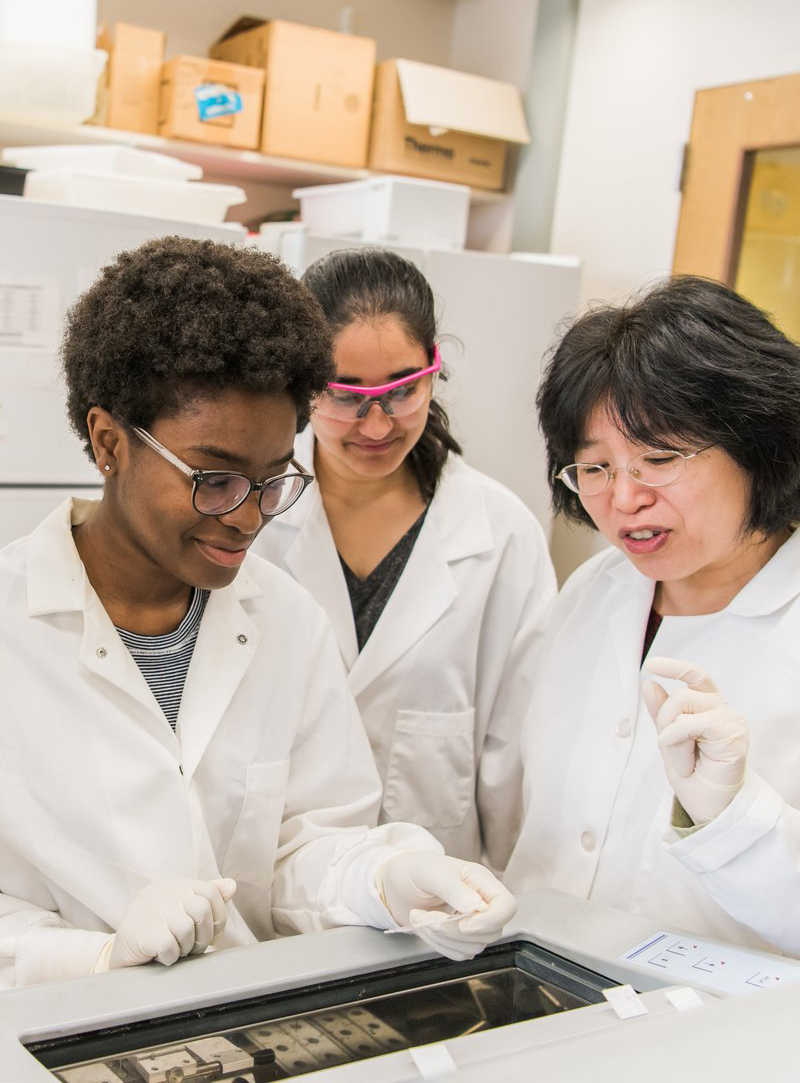
The 10 primary BUILD sites work to engage and retain students from diverse backgrounds in biomedical research, and to find innovative ways to address challenges faced by faculty and students pursuing degrees in the biomedical sciences. Mentoring at the faculty and trainee levels plays a role in working toward these goals, and the BUILD sites have developed interventions and strategies to maximize the benefits of mentoring. As part of our National Mentoring Month celebration, and to acknowledge the important work that mentors do all year, we asked the BUILD sites to share a bit about mentoring at their sites. In these feature articles, we highlighted a few sites in each topic area to provide a glimpse of the symbiotic nature of the mentoring relationship, and the ways that it affects many aspects of the research process.
For more information click here.
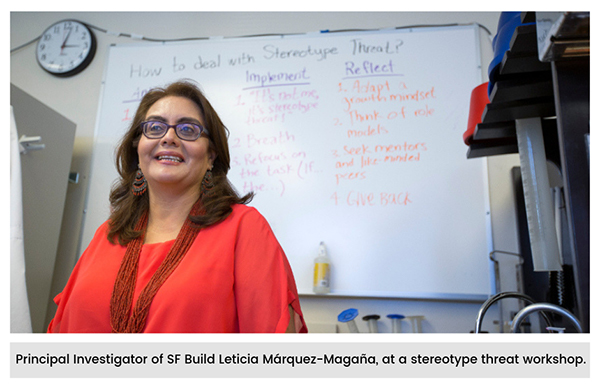
Diversifying the research workforce involves recognizing the role of institutional racism and historical oppression in shaping today's world. Three BUILD sites help to dismantle racist structures with difficult discussions, workshops and programs. In this Mentoring Focus, we asked three sites: How do you bring cultural awareness and race consciousness into your mentor training?
For more information click here.

Most BUILD sites include a mentoring component in which trainees work with faculty mentors. Here, we highlight three programs to take a closer look at their mentoring initiatives.
For more information click here.
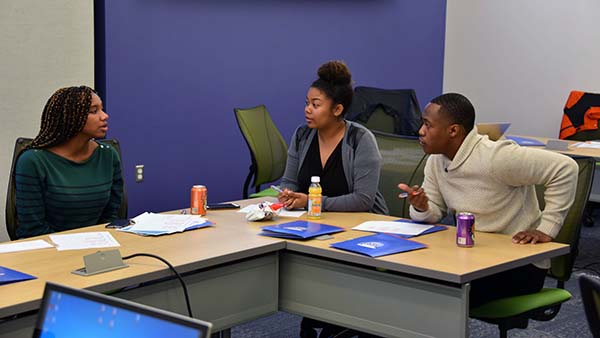
Near-peer mentoring lets undergraduates work with students who are generally closer to their age than their faculty mentors. These near-peer mentors might include upperclassmen, graduate students and post-docs. The different manifestations of this type of mentoring helps illustrate the diversity of the mentoring interventions that the BUILD sites are developing. Here, some of the BUILD sites briefly share about the role of near-peer mentors in their programs.
For more information click here.
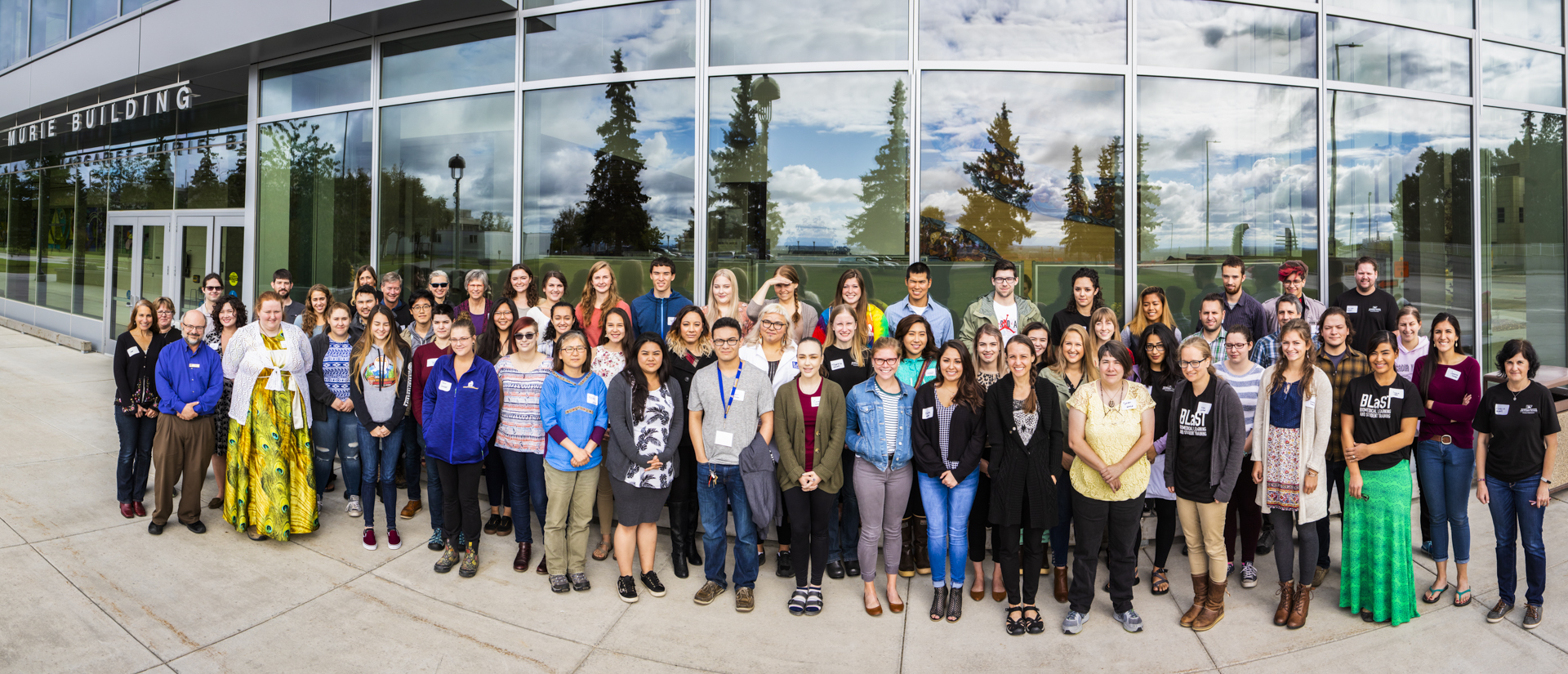
Preparing trainees for success in the biomedical sciences is a complex process requiring a variety of supportive relationships for students. As a result, many BUILD programs have developed models with multiple mentors who each serve a unique role in supporting students on their pathways. We’ve already touched on some of these mentoring interventions, but here we’ll look a bit more closely at them and how tiered mentoring can help to support a culture of inclusive mentoring.
For more information click here.
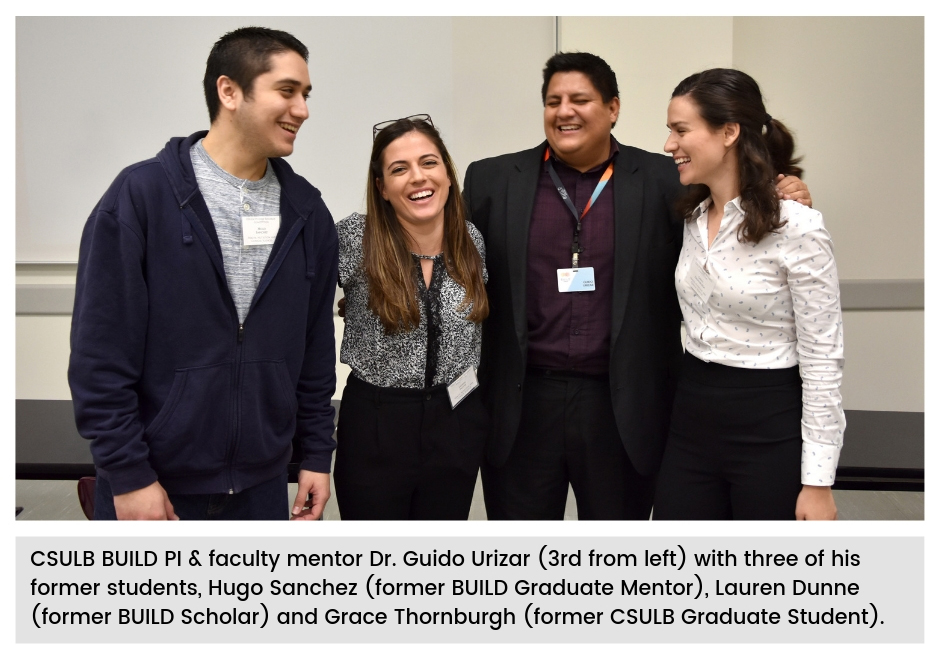
We can’t have successful mentoring interventions without successful mentors! Here’s a look at some of the interventions BUILD sites developed to ensure their mentors are prepared for their important work.
For more information click here.
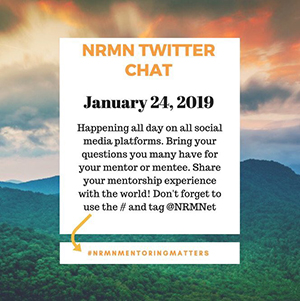
Throughout January, the National Research Mentoring Network (NRMN) celebrated mentoring for #NationalMentoringMonth. On Jan. 24, 2019, NRMN hosted the #NRMNmentoringMatters Twitter chat, making an impact by sparking interest across the nation.
For more information click here.
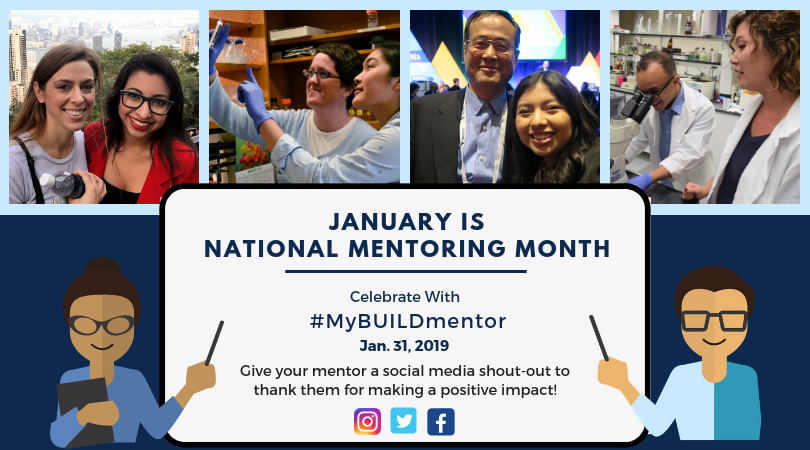
On Jan. 31, 2019, BUILD faculty mentors, peer mentors and student scholars across the country celebrated National Thank Your Mentor Day on social media with #MyBUILDmentor.
For more information click here.
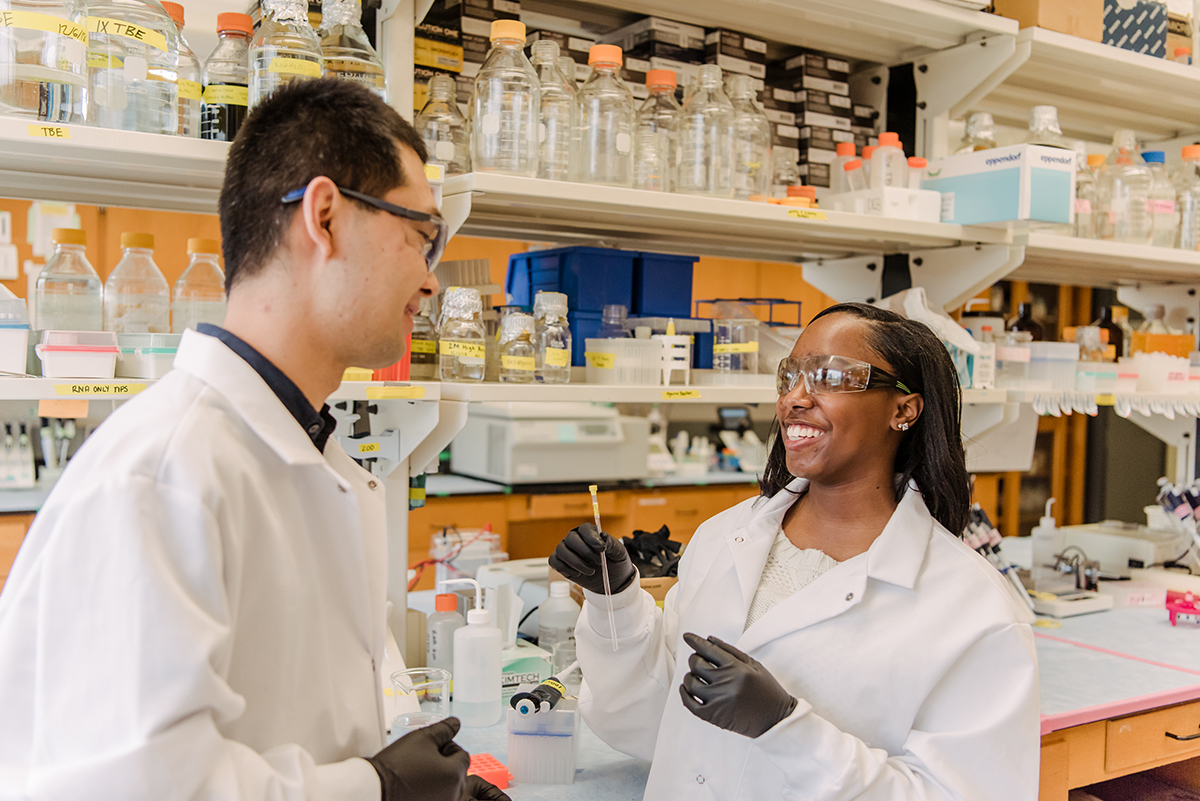
Alexis Waller has had powerful experiences with research and mentorship at UMBC. Being part of UMBC STEM BUILD was at the root of her exposure to research opportunities that have supported her ongoing success.
For more information click here.

Mentorship plays an essential role in San Francisco State University’s BUILD program. To enhance the positive impact mentorship can have on its community, activities focus on aiding both the mentees and the mentors. While mentees receive advice and support from the mentors, the mentors also receive support from SF BUILD on how to make the most of their mentoring relationships. This approach is part of all their mentoring efforts, extending to their near-peer mentoring programs.
For more information click here.
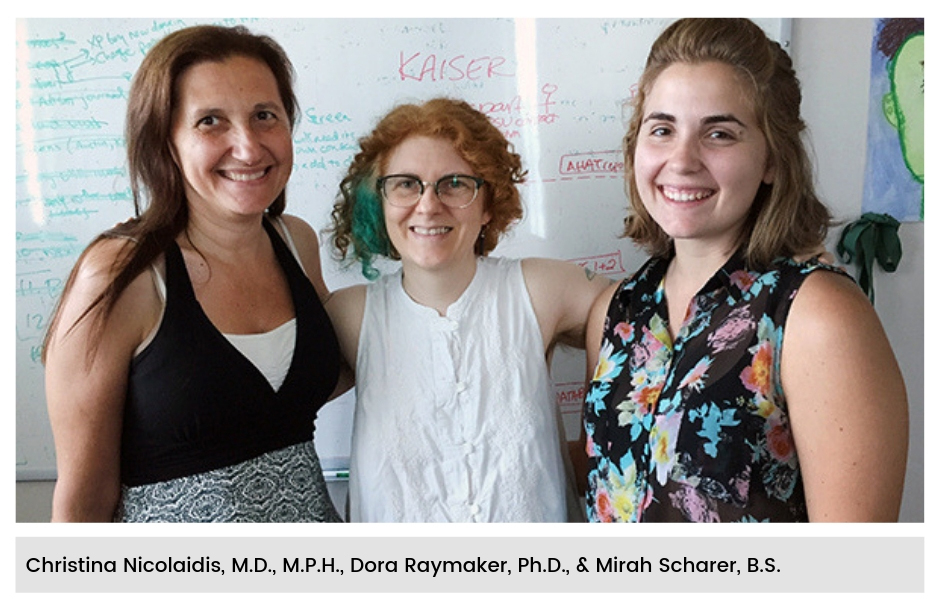
At AASPIRE lab at Portland State University, lab staff and students often joke that their mentoring roles are like roles in a family. The supportive environment's complex web of mentoring relationships includes faculty mentoring faculty, faculty mentoring students, and students mentoring other students.
For more information click here.
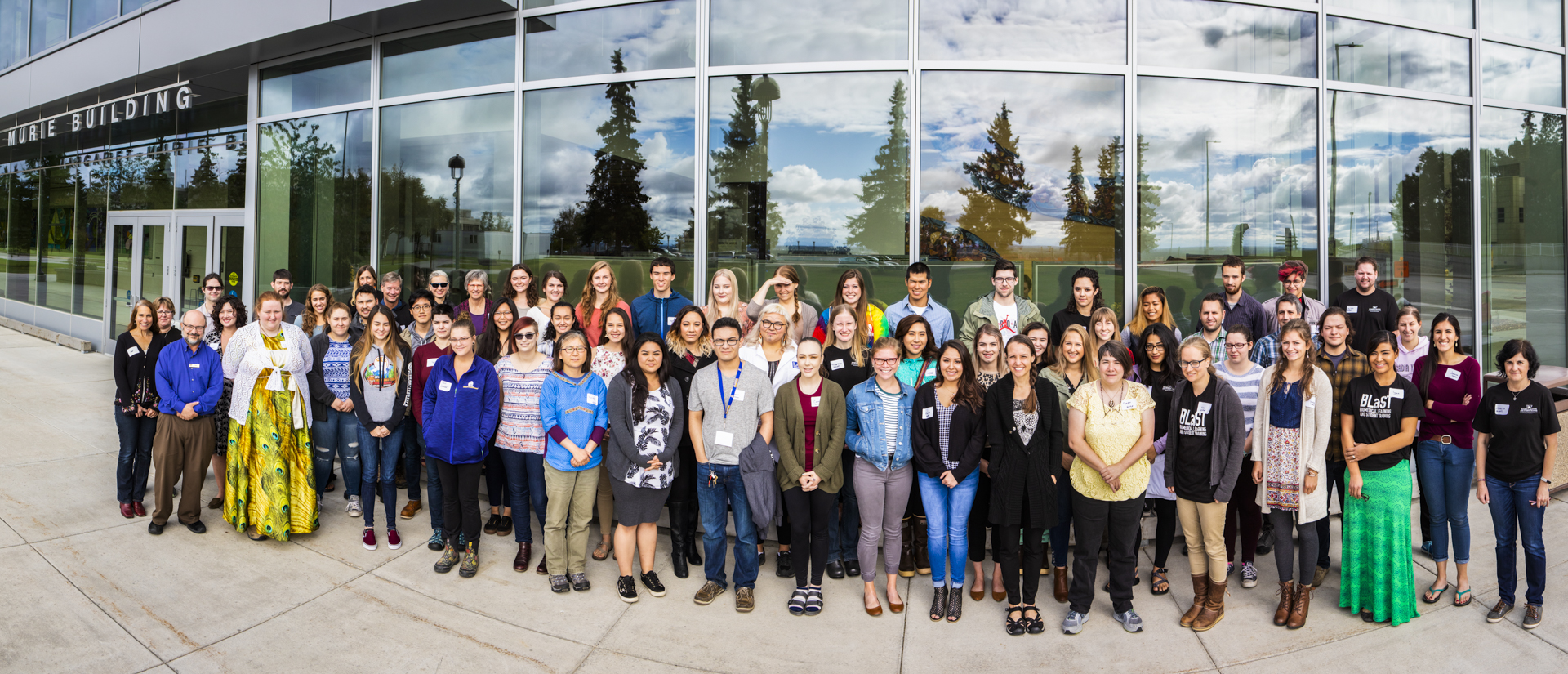
The Biomedical Learning and Student Training (BLaST) Program, located at the University of Alaska Fairbanks, has created a supportive, tiered group mentoring approach to increase undergraduate student academic success, and engage students, especially Alaska Native and those from rural communities, in biomedical research. BLaST provides a holistic approach to mentoring and offers several eight-hour trainings per academic year, in addition to monthly mentoring discussion groups for mentors, as well as professional development workshops for undergraduates.
For more information click here.
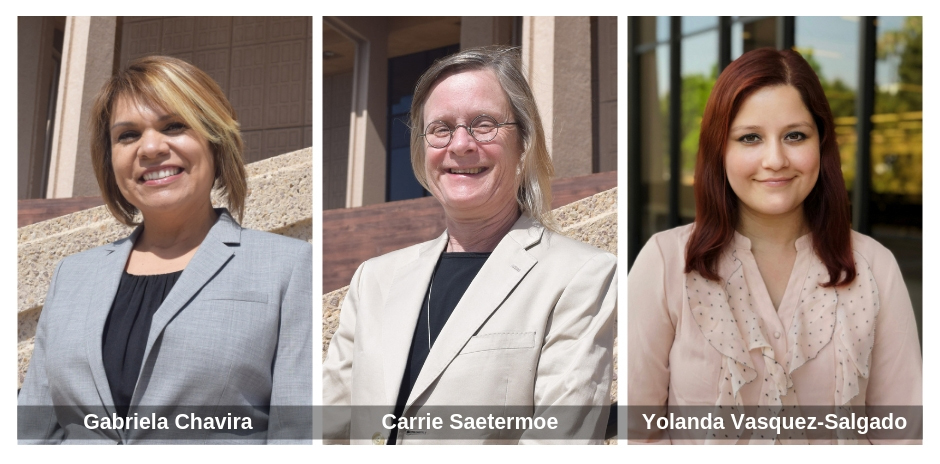
Women make up a majority of the leaders of the BUILD PODER program at California State University, Northridge. Together, these women represent generations of shared wisdom, experiences, and positive impact, and their stories of personal and professional achievement speak to the transformative power of femtorship.
For more information click here.
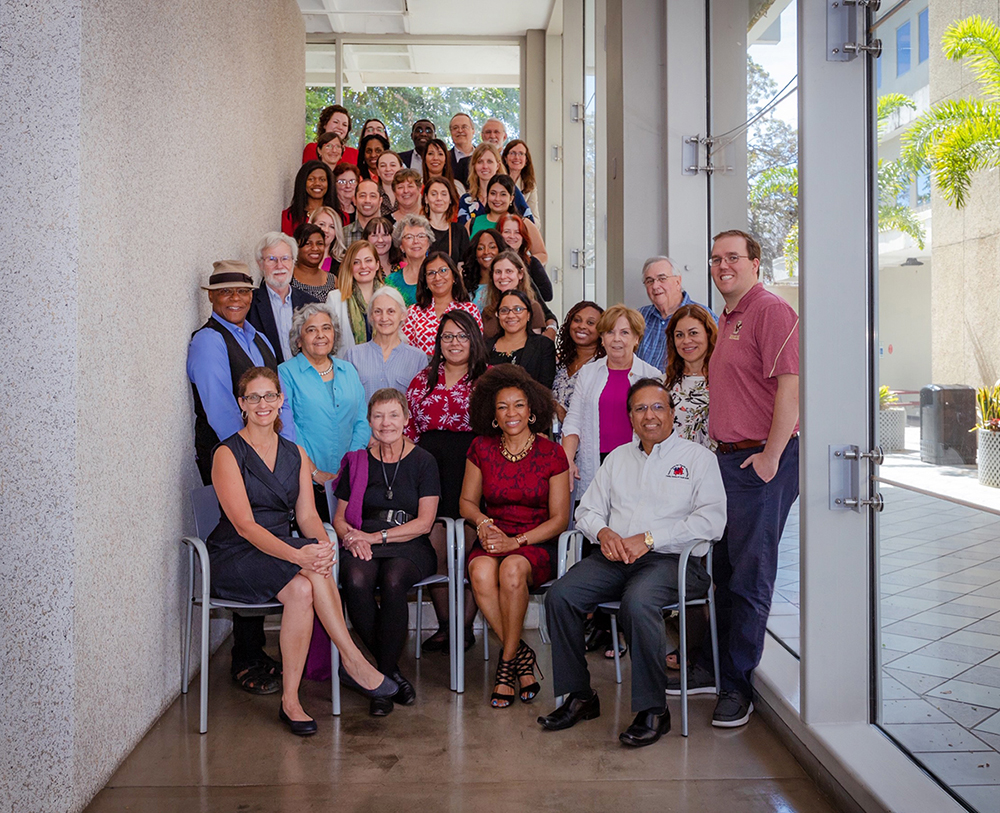
Members of the National Research Mentoring Network (NRMN) met in San Juan, Puerto Rico, from Jan. 28-30, for the final Key Personnel Meeting of NRMN Phase I.
For more information click here.
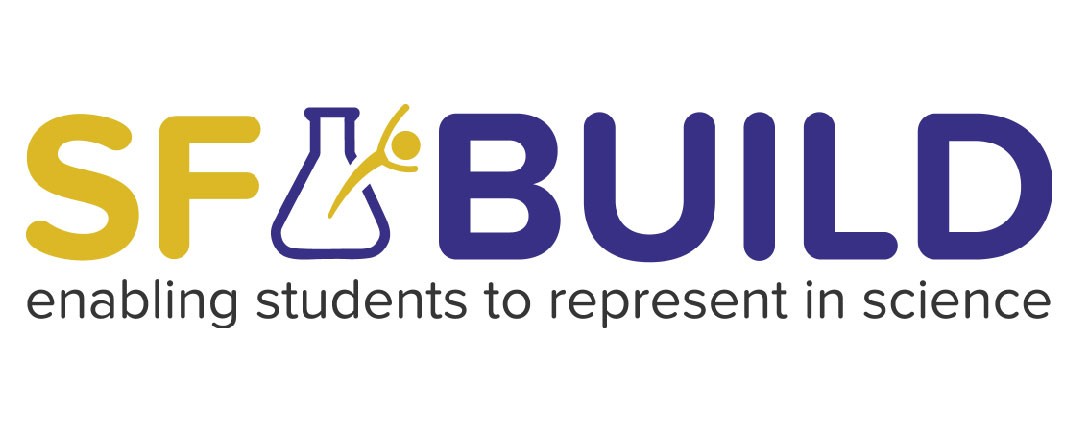
Research funded by SF BUILD and published Friday, Feb. 7 in the journal Genetics was covered by the Atlantic, the San Francisco Chronicle, and KCBS! You can read the research publication in the "Research Digest" section of this newsletter, and explore the news coverage in this post.
For more information click here.

A group of researchers led by CSUN physics professor and BUILD PODER mentor Sattar Taheri-Araghi has discovered a new class of bacterial tolerance against antibiotics that could have wide implications for the future of antibiotics in medicine.
For more information click here.
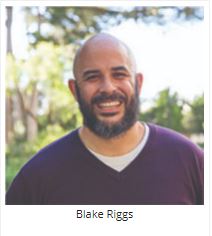
SF BUILD's Blake Riggs, Ph.D., wrote this post for the ASCB "Careers" blog, about the importance of making a commitment to increasing equitable diversity in training and education.
For more information click here.
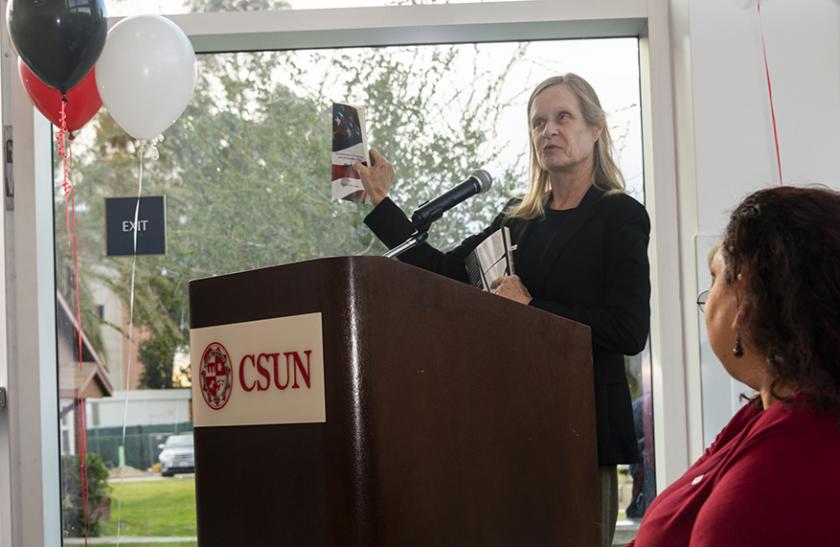
California State University, Northridge recently officially opened the doors to the university’s latest building, the newly minted Lilac Hall, dedicated to multidisciplinary research including BUILD PODER's health equity cluster. Faculty and staff welcomed guests for a grand opening ceremony on Dec. 10 at the 10,000-square-foot building on Plummer Street/North Campus Drive that will serve as a collaborative research hub.
For more information click here.
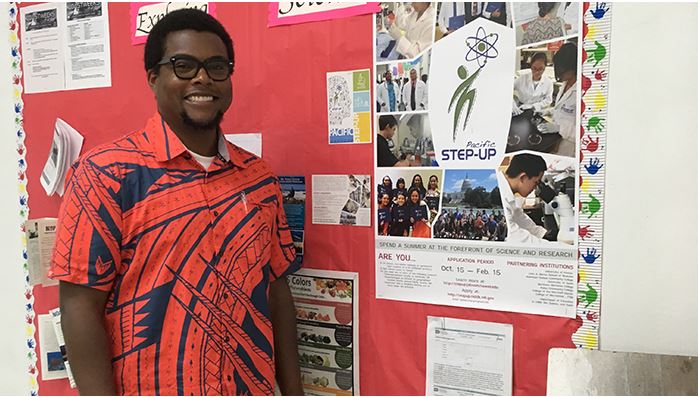
This blog post form the NIH Office of Equity, Diversity, and Inclusion blog features BUILD Project Scientist, Rob Rivers, Ph.D.
For more information click here.

In this special supplement funded by the National Institute on Minority Health and Health Disparities, AJPH presents research and perspectives focused on expanding methodological approaches to monitor and reduce health disparities for minority populations. The Guest Editors for this issue were: Nancy Breen, PhD, Rina Das, PhD, Tilda Farhat, PhD, MPH, Nancy Jones, PhD, and Richard Palmer, DrPH, JD.
For more information click here.

This publication presents findings from a study in which researchers analyzed decades old research publications to collect data on women who were listed in the acknowledgements versus as authors. One goal of publishing the research was to shift that dynamic by highlighting the historical contributions of women to the discipline. “Making women in the field more visible could actually help to improve equity in the field,” Rohlfs, one of the primary authors said. Rohlfs received the funding through the SF BUILD Faculty Agents of Change group to implement a collaborative research model for undergraduate students. The seven student co-authors are alums of the SF BUILD program.
For more information click here.

Researchers in the University of Alaska BLaST program have developed a mid-level Research, Advising, and Mentoring Professional (RAMP) position. This article outlines why they created the position and details about how the RAMPs provide both personal and professional development support for students.
For more information click here.
|
Event Date: Thu, Feb 21, 2019 to Sat, Feb 23, 2019 Location: Washington, DC |
|
Event Date: Thu, Apr 11, 2019 to Sat, Apr 13, 2019 Location: Kennesaw State University, GA |
The NIH Diversity Program Consortium (DPC) Newsletter provides updates on activities at DPC sites, shares progress on collaborative efforts within the consortium, and highlights news and recent publications related to diversity and mentoring in the biomedical sciences.
|
